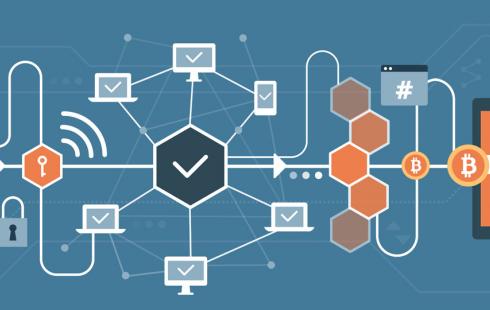Blockchain Technology Explained

Blockchain is one of the most innovative creations now available. Its distributed, decentralized, and unchallengeable properties make it suitable for storage and checking data through a wide range of areas and applications. By the use of decentralization and cryptographic hashing, blockchain, also known as Distributed Ledger Technology (DLT), makes the history of any digital asset permanent and transparent. A Google Doc is a strong analogy for understanding blockchain technology. When we make a document and share it with a group of people, we distribute it rather than copying or transferring it.
The good management of the risks related with any emerging technology is important to its positive implementation and service. This is mainly true when the technology is more than an app and is part of the company’s central infrastructure. In the near future, distributed ledger technologies (DLT) have the ability to be the foundation of several core networks. Blockchain has the potential to become a pillar of global record-keeping structures, despite the fact that it was only launched ten years ago. It was developed under the pseudonym Satoshi Nakamoto by the anonymous creators of the online cash currency bitcoin.
Blockchain is a distributed ledger technology (DLT) based on a peer-to-peer (P2P) topology that enables data to be stored globally on thousands of servers while allowing everyone on the network to see anyone else’s entries in near real-time. This makes it impossible for a single person to take control of the system or play games with it. A blockchain is a shared ledger that records all peer-to-peer transactions. Participants can confirm transactions without the need for a central clearing authority using this technology. Fund transfers, trade settlement, voting, and a number of other problems are all potential applications.
The blockchain technology that underpins the bitcoin network makes it very difficult to hack. Data isn’t stored in a central server in blockchain technology, but rather through a large network of computers that are continuously testing and verifying that the records are right. Single consumer in this network has access to a copy of the Blockchain. To interfere with the network, one must modify all of the information in the chain. As a result, breaking protections becomes virtually impossible. This is why Blockchain is the technology of the future for modern data transfer.
While blockchain appears to be complex, and it can be, its core concept is actually rather easy. A database, or blockchain, is a type of digital ledger. To comprehend blockchain, it is essential to first comprehend what a database is. Spreadsheets are structured to store and access limited quantities of data for a single individual or a small group of people.